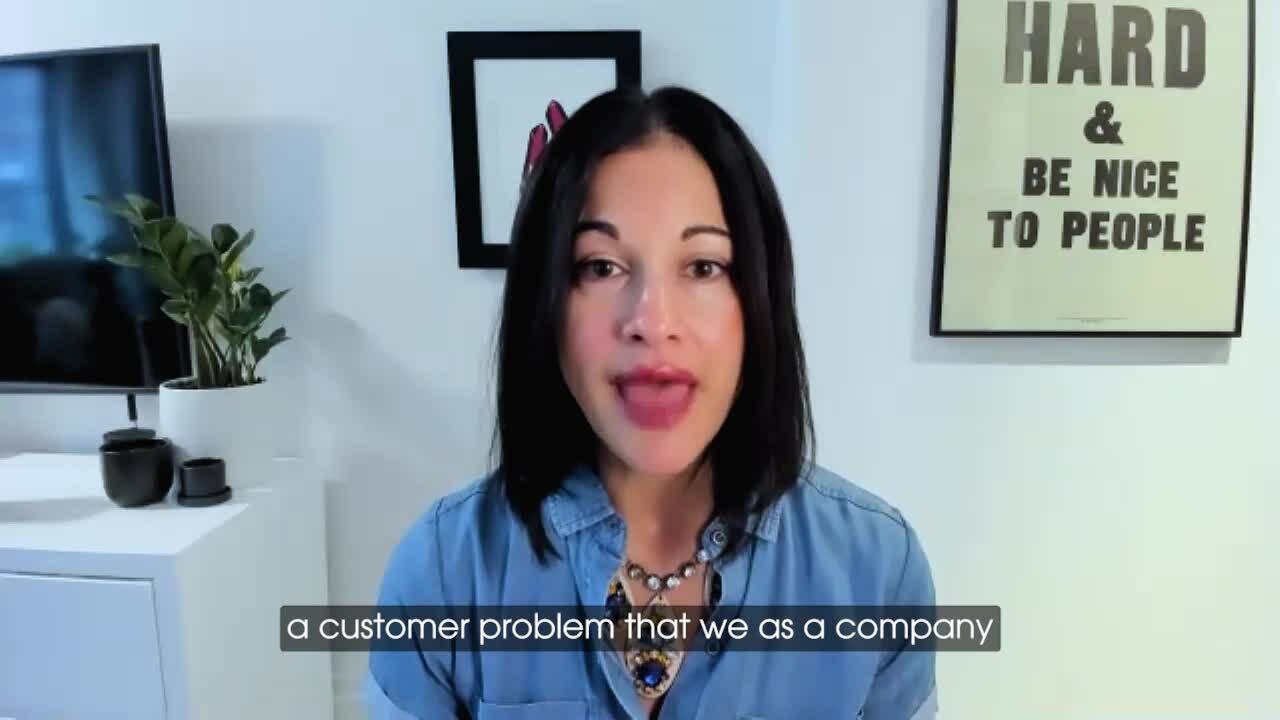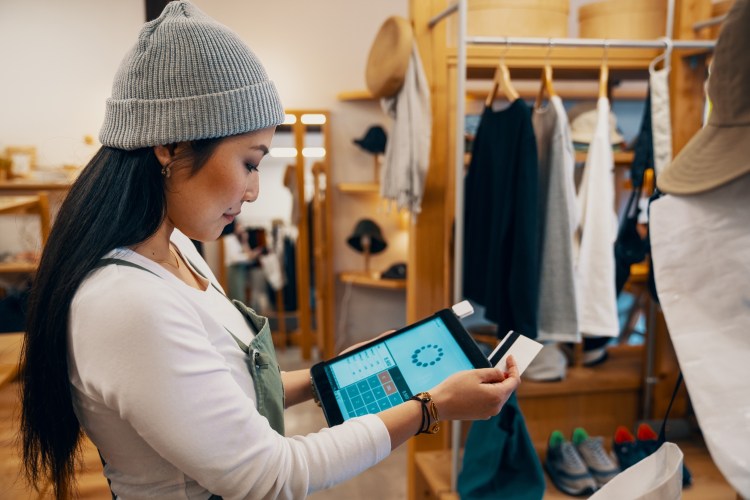What’s Hindering Next-Level Retail Technology? It May Be a Culture Thing



Four retail leaders share tips on getting buy-in from the C-suite to the frontline workers.

Michelle Grant
Retailers need to perfect every part of the customer experience. Sometimes that takes months. Other times, years. But if the last year and a half has taught us anything, it’s that retailers need to be ready to adapt to everything, whether that’s adding new fulfillment capabilities in the face of capacity constraints, adopting new retail technology to create an immersive brand experience, or even reimagining in-person shopping to become more digital.
The biggest barrier to success is finding the space to innovate. Most retailers still grapple with legacy thinking, an unwillingness to change, and a lack of buy-in within their organizations. All of these things stand in the way of adopting new technologies and meeting changing customer expectations quickly.
To understand how to overcome these challenges, we spoke with four retail executives that foster a culture of innovation within their organizations. Here’s their advice.
Want more retail leadership insights?
Find retail leaders’ strategy tips on technology and retail innovations. Get inspired by new ideas to create the best omni-channel experiences for your customers.



Prioritize your customer, not shiny new retail technology
“It can’t be innovation for the sake of going after a new shiny technology prize,” says Andrea Wasserman, former head of global commerce at Verizon media group. “It really has to be grounded in an understanding of the consumer.”
In other words, don’t put cool retail technology before your customer.
As you map out your innovation strategy, identify basic customer pain points. Perhaps there’s friction when a shopper navigates from your mobile app to your ecommerce site, or maybe your service team lacks the data they need to go the extra mile when helping customers. Whatever it is, you have to put your customer first.
Otherwise, it won’t matter what kind of retail technology you deploy. The key is accessing the right data, which enables you to identify these customer pain points and understand how your customers want you to address them. Use this information to make strategic business decisions and smart technology investments that improve the experience.
Bonus: Once you have the basics down, over time you’ll be able to innovate with that headline-making technology — with your customer at the center, of course.
Give every employee a voice in your innovation
“There has to be that balance of really putting yourself in other people’s shoes, and really understanding where they’re coming from and trying to handle that purpose. Transparency, but kindness,” says Eileen Rizzo, CIO of Ashley Stewart.
One way to do this is to evaluate your customer experience improvements through the lens of your employees. “It doesn’t have to just functionally work. The [employee] experience has to be like something I’m designing for a consumer,” says John Hazen, chief digital officer at Boot Barn.
For example, Hazen’s team designed a voice assistant, named “Annie,” to indicate when buy online, pick up in store orders were ready for picking and packing.
After testing the device, store managers offered feedback that included suggestions for ways they could adapt the tool for other uses. Now, store managers love the device, proving that change can even be fun. “They all talk about Annie. Some stores have requested multiple Annie devices,” says Hazen.
Over-communicate the impact of your new retail technology
It’s not enough to have a digital innovation plan. You also must communicate it with everyone from the C-suite to employees with boots on the ground. In fact, a global Salesforce survey of 500 retail executives found that 48% agreed that the biggest barrier to change is organizational alignment.
Key stakeholders who need to buy into retail digital innovation may not understand the urgency of the problem, so they delay investing in it. Simple, consistent, and frequent communications about the project explain its importance and keep it top of mind.
“That can be a real game changer from a cultural standpoint — making sure those people have a simple storyline so they can go out and tell others about it,” says Wasserman.
Just as important as communicating a project’s impact on customers is helping employees realize the benefits they’ll see as well. Leaders need to manage both up and down because if leadership isn’t embracing and reinforcing new solutions, more resistance occurs with a higher risk of project failures.
Rizzo learned this the hard way. Looking back, she says, project failures were typically due to lack of adoption or unsuccessful management of change.
Now she says, “Any time I go into a project, what I try to do is to say, ‘Okay. Who is impacted? How will they be impacted?’ Have we really understood all of the different organizational components, roles, responsibilities, how they’re going to change?”
She encourages her team to meet with business partners to talk about how their work will look different. Then, they can identify current processes that will be impacted and discuss what they will look like in the future.
Create safe spaces for risk-taking and experimentation
Legacy thinking that prizes perfection over innovation holds retailers back. In today’s environment, retailers need to embrace change at a moment’s notice. How?
“Create a culture of psychological safety,” says Orchid Bertelsen, the former head of consumer experience at Nestle. Employees should know they won’t face negative consequences when they try something innovative and it fails — within reason, of course.
To create this safe space, share examples of efforts that failed and lessons learned, not just big wins. This proves that failure is entirely tolerated when it facilitates innovation. It’s a part of the process and creates new opportunities.
“I do think that you need to highlight both successes and failures in order to get an organization comfortable with pushing far enough,” says Bertelsen.
What’s standing in the way of your retail digital innovation?
Innovation doesn’t exist in a silo — it needs to transcend the entire retail organization. Prioritizing retail technology over the customer, keeping information hidden from employees, and punishing those who take risks will undoubtedly hinder efforts.
To nourish a culture that values innovation, remember to design everything around the customer. Keep open lines of communication, and give every employee the opportunity to provide input and experiment.
Learn more from retail leaders
To find out how the world of retail is changing, watch all the videos in our Becoming Retail series.



























